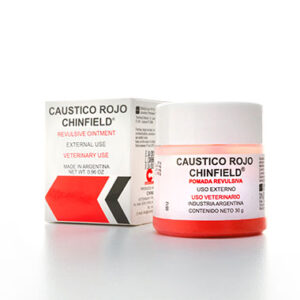Properties
- A very effective local anaesthetic of the amide-type, with low toxicity and prolonged action.
Indications
- a potent local anaesthetic for producing epidural, nerve conduction (blocking) and infiltration anaesthesia.
Remarks
- Do not give intravenously.
- Not given to animals with a known hypersensitivity to the drug.
- Epidural anaesthesia is not applied to dogs which are highly distressed, due to the danger of shock.
Side – Effects
- Lidocaine is usually well tolerated, but a dverse reaction may occur in cases of hypersensitivity, wrong technique and over – dosage.
- In cases of respiratory difficulty, immediately, apply artificial respiration or give oxygen.
- Shock, convulsions and transient drowsiness may occur, when large dosesgiven by i.v. in such case, inject by i.v., a short acting barbiturate to control nervous system stimulation, and apply artificial respiration or give oxygen.
Composition
| Each ml contains | . |
|---|---|
| Lidocaine Hydrochloride | 20 mg |
Dosage
For cattle, equines, sheep, goats, cats, dogs, pigs. Doses depend on the size of the animal and the area to be anaesthetized.
Always, administer slowly.
| Epidural | . |
|---|---|
| Cattle, equines | 5 -15 ml |
| Dogs, cats | 1 ml /5 kg b.wt. |
| Calves, sheep, goats | 3 - 10 ml |
| Nerve block | . |
| - Cattle, equines: | 5 - 20 ml. |
| Infiltration | By local subcutaneous or intramuscular injection |
| Dilute to 0.5% concentration (1 ml of 2% solution with 3 ml of sterile water | 4 ml of 0.5 %solution) |
| Cattle | 5 -100 ml. |
| Equine | 2-50 ml |
| Pigs | 60-80 ml (for laparotomy). |
| Dogs | 2-10 ml (tail amputation: 0.5 – 5 ml) |
| Cats | 0.5 – 4 ml (local s.c. Inj. For minor surgery). |
Safety Period:
| For meat and milk consumption | 5 days. |
|---|
Storage
: keep in dry, dark place at below 30 º C.




